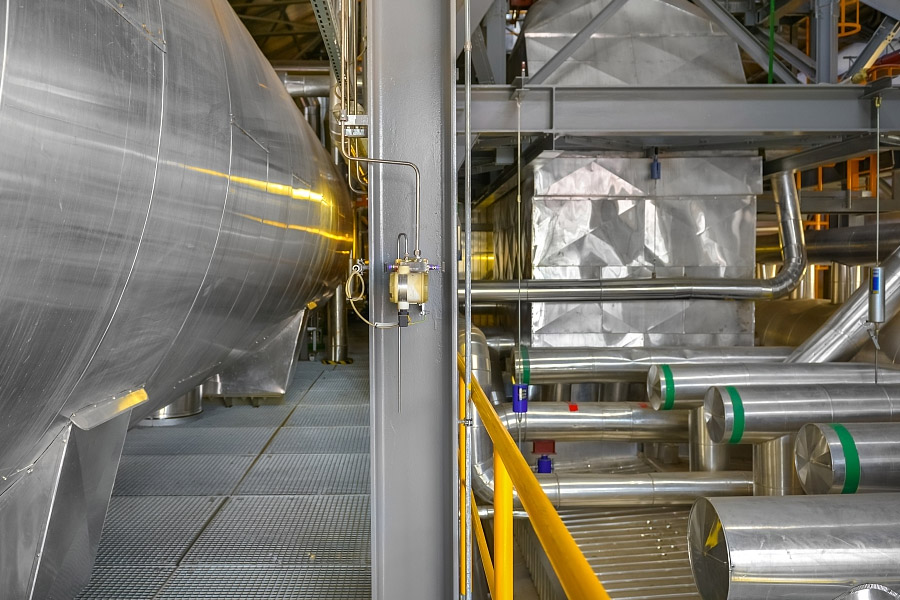The CNC lathe can turn four standard threads: metric, inch, modulus and diameter control. No matter which thread is turned, the strict movement relationship between the lathe spindle and the tool must be maintained: the spindle rotates once per revolution One revolution), the tool should move evenly by one (workpiece) lead distance.
CNC lathes need a series of sizes for the processing of ordinary threads. The calculation and analysis of the dimensions required for ordinary thread processing mainly include the following two aspects:
1. Workpiece diameter before thread processing
Considering the expansion of the thread profile, the workpiece diameter before thread processing is D / d-0.1P, that is, the major diameter of the thread minus 0.1 pitch. Generally, the smaller the deformability of the material, the smaller the diameter is 0.1 to 0.5.
2. Thread processing feed
The amount of thread plus feed can refer to the thread bottom diameter, that is, the final feed position of the thread knife.
The small diameter of the thread is: large diameter-2 times the tooth height; tooth height = 0.54P (P is the pitch).
The amount of feed for thread machining should be continuously reduced. The specific amount of feed should be selected according to the tool and working material.
For general standard thread, all use thread ring gauge or plug gauge to measure. When measuring external threads, if the “over-end” ring gauge is just screwed in, but the “stop” ring gauge is not screwed in, it means that the processed thread meets the requirements, otherwise it is not qualified. When measuring internal threads, use a thread plug gauge to measure in the same way. In addition to the thread ring gauge or plug gauge measurement, other measuring tools can also be used for measurement. The thread micrometer is used to measure the thread diameter. The tooth thickness vernier caliper is used to measure the trapezoidal thread diameter and the worm pitch diameter tooth thickness. The measuring method measures the thread diameter.
